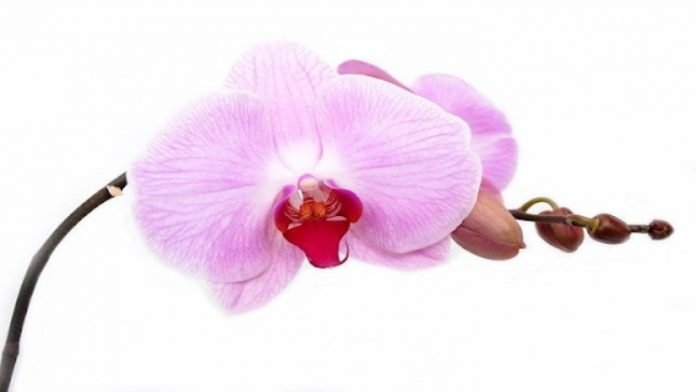Last Updated on February 28, 2023 by admin
Orchids are some of the most beautiful and elegant flowers to add to your indoor decor or give a loved one as a gift. But, many are scared to try and grow one themselves. The truth is that it’s easy to grow these plants once you know the basics.
We’ve got you covered! With the tips in this article, you’ll be able to take care of your orchid and keep it healthy and beautiful. Keep reading to learn about common mistakes and how to avoid them.
Table of Contents
Overwatering
One big mistake that many beginners make and you need to avoid is overwatering or watering your orchid too frequently. Orchids only need to be watered once a week with lukewarm or room temperature water. More than this could cause the roots to rot and the plant to die.
This is one of the biggest and most common mistakes, so it’s recommended to set an alarm as a reminder for when you need to water, and if possible, keep a record of your watering habits.
Lighting Conditions
The best lighting conditions for most orchids are bright but not direct sunlight. Putting them in intense, direct sunlight could cause their leaves to burn and turn yellow and the flowers to wilt and die. The best place to put your orchid is in a window or area that gets morning sun. The best way to tell if your orchid is getting enough sun is to check the color of the leaves. Dark green leaves mean the plant is healthy; a reddish hue to the leaves means it’s getting too much sun.
Humidity
Orchids enjoy areas with high humidity since they’re tropical plants. They prefer humidity between 55% and 75%. If the humidity drops too far below this, the leaves will start to wrinkle, and it could cause bud blast, which is when flowers are aborted before or soon after opening. To avoid this, you can mist the plant regularly or keep a humidifier close to it. You can also grow the orchid in your bathroom so it can benefit from the humidity in the room.
Read More: Tips to Prevent Your Home From Mold in Summer
Potting Material
In their natural habitat, orchids grow from the bark of trees and therefore don’t need soil to grow in. In fact, planting them in soil could cause their roots to rot and the plant to die. Just as important as watering is, so is the potting material.
Your orchid needs a loose, aerated potting material, and orchid enthusiasts usually use a mixture of bark chips, moss, styrofoam, and coconut shreds. This will help water drain away from the roots while keeping enough humidity around them for the plant to take it in and survive.
Transplanting
Transplanting any plant is a delicate business. It’s important to remember that it takes a lot of energy from the plant to come back from the shock of being replanted, and if it is flowering or fruiting, many plants won’t survive. It’s essential to make sure your orchid isn’t flowering or budding and that it isn’t too hot or dry on the day you transplant it. It’s important to repot plants now and then, but try to schedule repotting when it isn’t in bloom.
Conclusion
The simple, gorgeous orchid is surprisingly easy to grow and keep alive. You’ll be deceived into thinking that you need green fingers to take care and grow beautiful orchids – after all, it’s a common misconception. Simply follow this guide and you will see an improvement in the health of your plant.


























